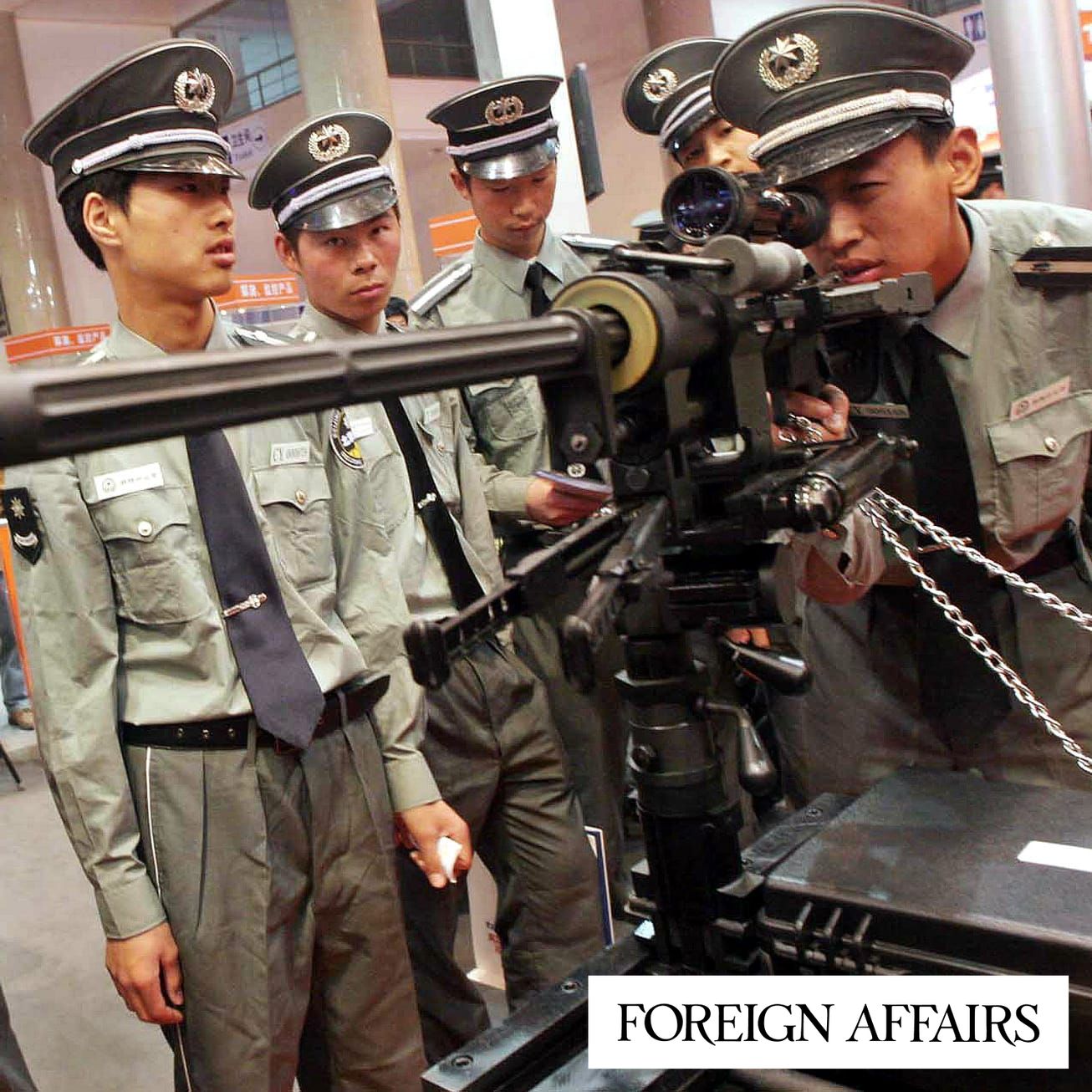Köpare tvekar på ryska vapen efter fiaskot i Ukraina – öppnar för Kina

Rysslands svaga prestationer på de ukrainska slagfälten har lett till att låg- och medelinkomstländerna i Afrika och Latinamerika, som traditionellt sett köper ryska vapen, börjat…
The Coming Chinese Weapons Boom
Beijing Is Poised to Dominate the Low End of the A…
Få ut ännu mer av Omni – skaffa Omni Mer
- Förklaring & fördjupning
- Gå förbi betalväggar
- Annonsfri upplevelse
Omni är politiskt obundna och oberoende. Vi strävar efter att ge fler perspektiv på nyheterna. Har du frågor eller synpunkter kring vår rapportering? Kontakta redaktionen